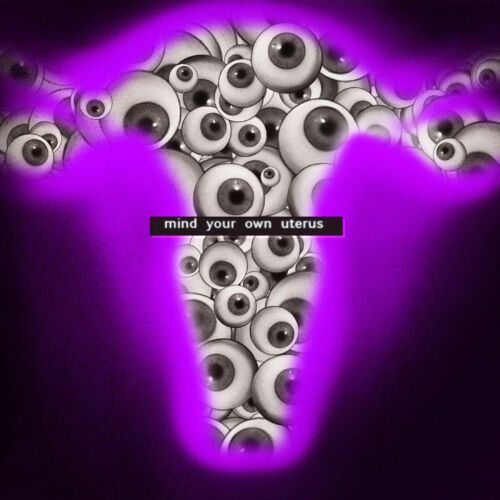Brain, technology and education in the latest scientific findings
In Denmark, teachers use an application to monitor the well-being of their students – analysing with them the weekly “mood landscape” of the class and the sleep hygiene of the youngsters. The Woof platform, used in more than 600 Danish primary schools, examines various indicators of the well-being of minors and uses an algorithm to suggest problems on which the class can focus. According to the companies involved in the research, the technology can help improve young people’s well-being and combat mental health crises. Still, some experts fear the opposite effects of its use.
According to researchers from New York University and the University of Connecticut Neag School of Education, students with brainwaves are more synchronised with their classmates, and teachers are likely to learn better than those without such “brain-to-brain synchronisation”. The team of researchers checked the functioning and electrical activity of the brains of students and the teacher in a real group situation through electroencephalography (EEG), i.e. placing electrode devices on the heads of the subjects.
According to a study conducted at Washington University School of Medicine in St. Louis, the connection between the body and the mind is embedded in the brain’s structure. The areas of the brain that control movement are connected to networks involved in thinking and planning, and controlling body functions such as heart rate and blood pressure. Thus, the idea that body and mind are inextricably linked is supported by reality.























